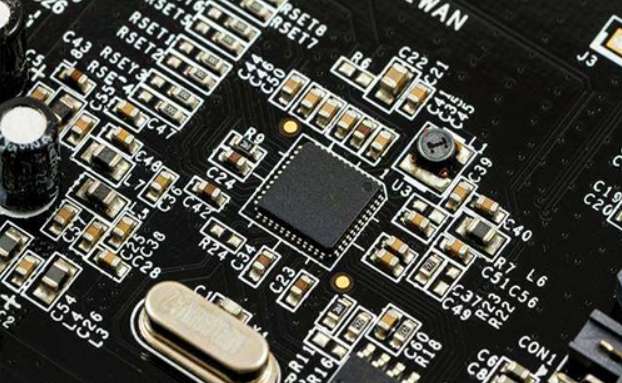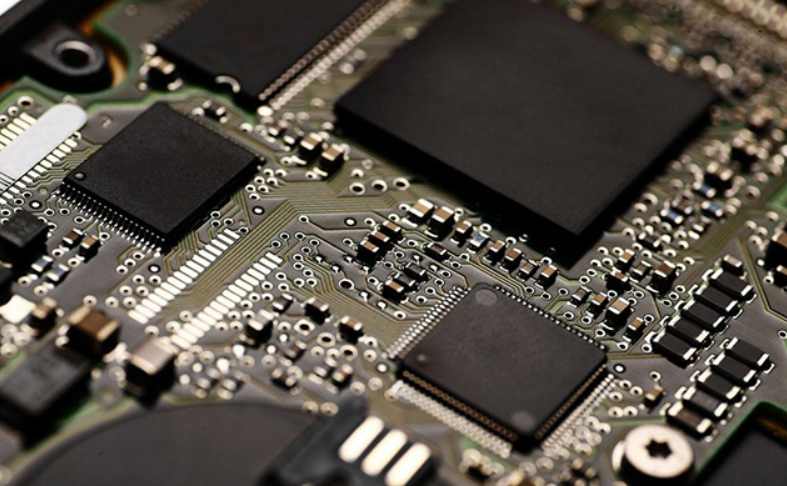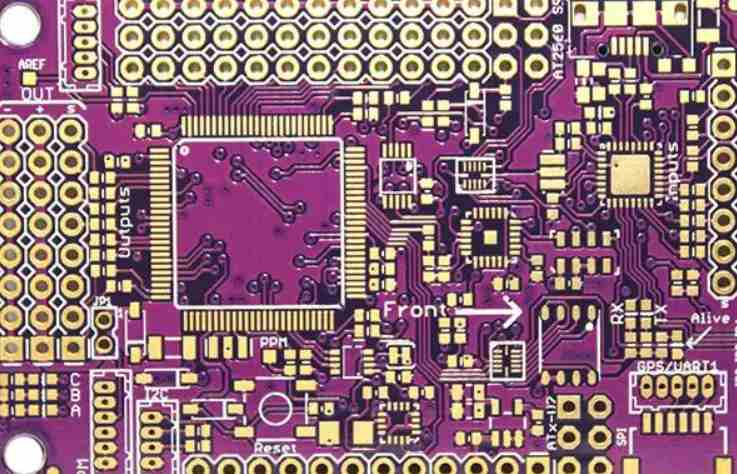
The traditional way to clean the printed circuit board is to clean it with organic solvent. The mixed organic solvent composed of CFC-113 and a small amount of ethanol (or isopropyl alcohol) has a good cleaning ability for the residue of rosin flux. However, CFC-113 has been banned because of its damage to the atmospheric ozone layer.
1, water based cleaning
Water based cleaning process
Water-based cleaning process is based on water as the cleaning medium, in order to improve the cleaning effect can be added in water a small amount of surfactants, washingPolyester additives, corrosion inhibitors and other chemicals (general content in 2%-10%). And can be targeted at the printed circuit board on different nature of pollution The specific situation of the additives in the water - based cleaning agent makes its cleaning application wider. Water-based cleaner against water-soluble dirt It has a good dissolution effect, and then with heating, brushing, spraying, ultrasonic cleaning and other physical cleaning means, can obtain more Good cleaning effect. Adding surfactant to water based cleaning agent can greatly reduce the surface tension of water, so that water based cleaning agent The penetration, spreading ability is strengthened, can better penetrate into the gap between closely packed electronic components, will penetrate into Clean and remove the dirt inside the PCB substrate. It is also possible to use water dissolution and emulsification and dispersion of surfactants The residue of synthetic active flux is very good to remove, not only can dissolve all kinds of water-soluble dirt, but also can Remove non - soluble dirt such as synthetic resin and fat. For using rosin - based flux or water - based cleaning agent add appropriate saponifier, saponifier, is a chemical used to saponify organic acids such as rosin acids and fatty acids in oils when cleaning PCB circuit boards to generate water-soluble fatty acid salts (soap). This is a common ingredient in many cleaning agents used to clean flux and grease on printed circuit boards. Saponification agents are usually alkaline inorganic substances such as sodium hydroxide, potassium hydroxide and other strong bases, may also be alkaline organic compounds such as monoethanolamine and so on. Organic solvents and surfactants are also commonly used in commercial saponification agents to clean and remove residues that cannot be saponified. Because saponification agent may cause corrosion to aluminum, zinc and other metals on the printed circuit board, especially in the cleaning temperature is relatively high, cleaning time is relatively long, it is easy to aggravate the corrosion. Therefore, corrosion inhibitors should be added to the formula. However, it should be noted that the printed circuit board of the components sensitive to alkaline substances should not be cleaned with water based cleaning agent containing saponification agent.
In the process of water-based cleaning if the use of ultrasonic cleaning, the use of ultrasonic wave in the process of cleaning liquid propagation in the major tone The "hole effect" of tiny air bubbles effectively strips insoluble dirt from the electron junction plate. Considering the compatibility requirements of printed circuit boards, electronic components and ultrasonic waves, the frequency of ultrasonic waves used in cleaning printed circuit boards is generally about 40KHz.
Water - based cleaning process includes cleaning, rinsing, drying three processes. Firstly, the printed circuit boards are cleaned in batches with 2%-10% water-based cleaning agent combined with physical cleaning methods such as heating, brushing, spray spraying, ultrasonic cleaning, etc. Then, the printed circuit boards are rinsed with pure water or ionized water (DI water) for 2-3 times, and finally, the printed circuit boards are dried by hot air. The high cost of water-based cleaning is caused by the need to use pure water for rinsing. Although high quality water is a reliable guarantee of cleaning quality, in some cases, the use of low cost of 5um·cm deionized water for rinsing, and then the use of high purity deionized water with a conductivity of 18um·cm for rinsing can also achieve good cleaning results. A typical process is to batch clean the circuit board at 55℃ with a water-based cleaner, and wash it for 5 minutes with a powerful jet.Then rinse with 55℃ deionized water for 15min, and finally dry with hot air at 60℃ for 20min. In order to improve the utilization rate of water resources, tap water used in the cleaning process or deionized water used in the rinsing tank. According to the literature, the use of tap water (hard water with more ions) in pre-cleaning can not only greatly reduce the production cost, but also its decontamination ability is no worse than soft water or deionized water.

2. Semi-water-based cleaning
There are organic solvents and surfactants in the components of semi-water based cleaning agent. For example, EC-7 semi-water based cleaning agent, which was first used in PCB cleaning, is composed of terpene hydrocarbon solvents and surfactants. In most of the semi-water based cleaning agent formula also contains water, but because of the water content of water (only 5%-20%), so from the outside to look at the semi-water based solvent and solvent cleaning agent are transparent, uniform solution. Different from the general solvent cleaning agent is that the boiling point of the organic solvent used by the semi-water based cleaning agent is relatively high, so the low volatility does not have to be cleaned in a closed environment like the solvent cleaning agent, and in the cleaning process does not have to replace the cleaning agent often only the appropriate cleaning dose can be added. The organic solvents used to prepare semi-water based cleaning agents for printed circuit boards are mainly terpenes and petroleum hydrocarbon solvents, glycol ethers, n-methylpyrrolidene sedone, etc. The type of solvent should be selected according to the pollution of printed boards, electronic components and other raw materials and the type of welding aid used in welding.
Semi-water based cleaning process
Also includes cleaning, rinsing, drying three processes, cleaning process is often combined with the use of ultrasonic cleaning to improve the cleaning effect to reduce the cleaning time, because the use of ultrasonic will improve the cleaning agent temperature, so it is necessary to strictly control the cleaning temperature, not more than the flash point of the cleaning liquid (general cleaning temperature control below 70℃). An emulsion recovery tank is added between the cleaning and rinsing processes, and the concentration of organic solvent in the semi-water-based cleaning solution is very high. After cleaning, there will still be more cleaning solution stuck on the surface of the printed circuit board. If the cleaned printed circuit board is directly put into the water rinsing solution, the organic solvent stuck on the surface of the printed circuit board will be polluted by rinsing. The load of the following water treatment process is greatly increased, and the addition of an emulsifying recovery device containing emulsifier water solvent between the cleaning and rinsing processes can strip the organic solvent stuck on the PCB surface from the PCB surface by emulsifying and dispersing, and the filter and oil-water separation device can be used in this emulsifying recovery device. The organic solvent and dirt precipitate are separated and recovered. Because there is less organic solvent on the surface of PCB board entering the rinsing tank, the load of rinsing process and wastewater treatment is reduced. Then rinse with deionized water 2-3 times to remove the dirt. Because semi-water-based cleaning is made of water as a bleaching agent, there is the same drying problem as water-based cleaning, and similar measures need to be adopted to improve the drying speed.
Advantages and disadvantages of semi - water - based cleaning process
The advantages of semi-water based cleaning process are: strong adaptability to various welding processes, so the use of semi-water cleaning process does not need to change the original welding process; Its cleaning ability is relatively strong, can remove water-soluble dirt and oil; Good compatibility with most metal and plastic materials, compared with solvent cleaning agent is not volatile in the use of evaporation loss in the process of small disadvantages are: there is the same as water based cleaning need to use pure water rinsing, drying difficult, large wastewater treatment. Semi-water-based cleaning process needs to occupy a larger site and space, and the one-time investment of equipment is larger, especially the online cleaning machine. Because the semi-water based cleaning agent contains more organic solvents, it is necessary to increase the protection of toxic solvents, fire and explosion prevention and other safety measures. And semi-water based cleaning agent can not be recycled by distillation as solvent cleaning agent, so the cost is higher.









